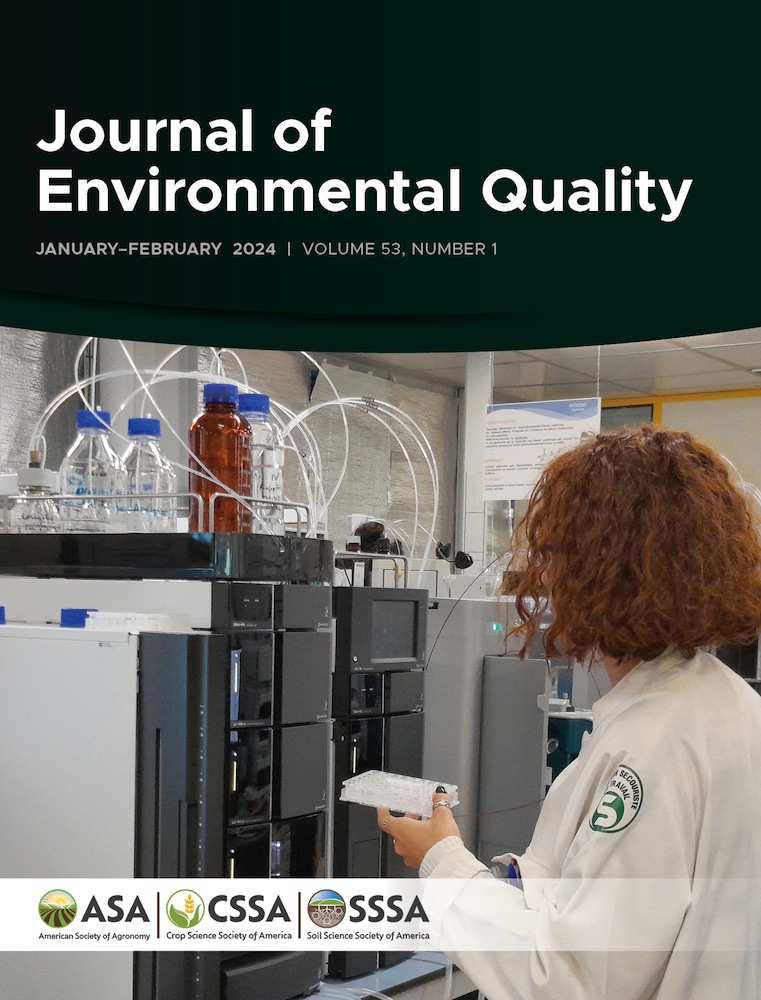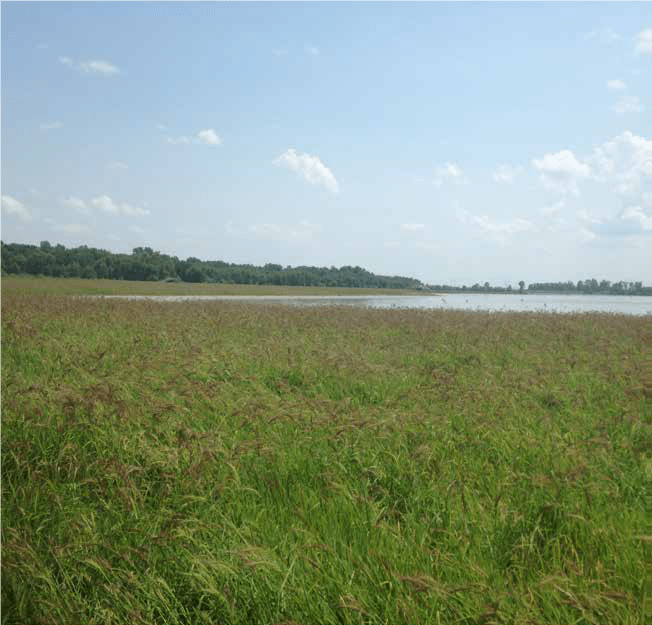Few strategies are available to reduce nitrate-nitrogen (NO3-N) loads at larger landscape scales, but flood control reservoirs are known to reduce riverine loads. In this study, we evaluated the potential to increase nitrogen (N) loss at Lake Red Rock, a large reservoir located in central Iowa, by evaluating the inundation of sediments deposited at the reservoir inflow. Sediment samples were collected at 51 locations in the lower delta region and analyzed for particle size and nutrient content. Nitrogen loss rates in delta sediments were determined from laboratory assays, and satellite imagery was used to develop a rating curve to quantify land area inundated within the delta. The daily mass of NO3-N reduced with delta inundation was estimated by applying the mean N 24-h loss rate (0.66 g N m2 day−1) by the area of inundation (m2). Results indicated that raising pool elevations to inundate more of the delta would result in greater N losses, ranging from 2 to 377 Mg per year. Potential N loss of 102 Mg achieved by increasing pool stage by 0.5 m would be equivalent to installing nearly 650 edge-of-field practices in the watershed. Although more work is needed to integrate with an existing environmental pool management plan, study results indicate that reservoir management could achieve N reductions at a novel landscape scale.



